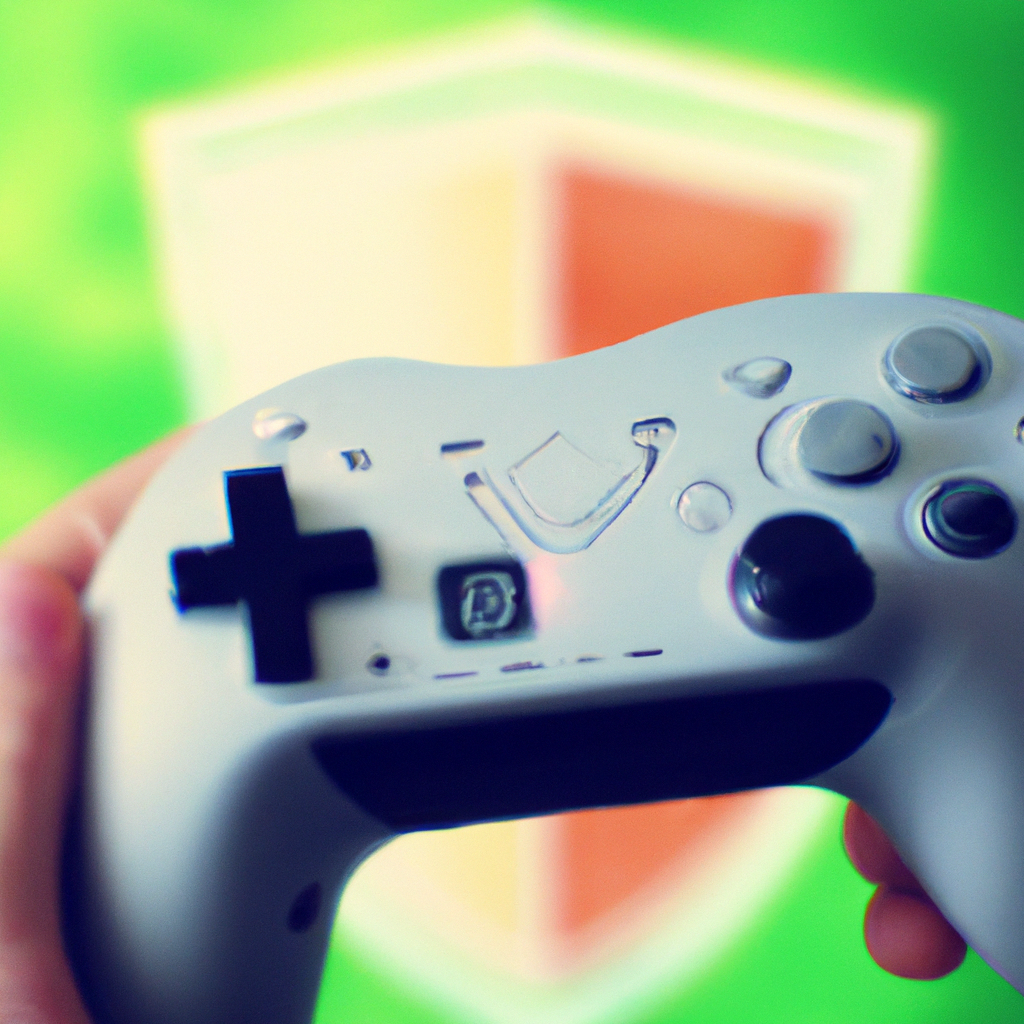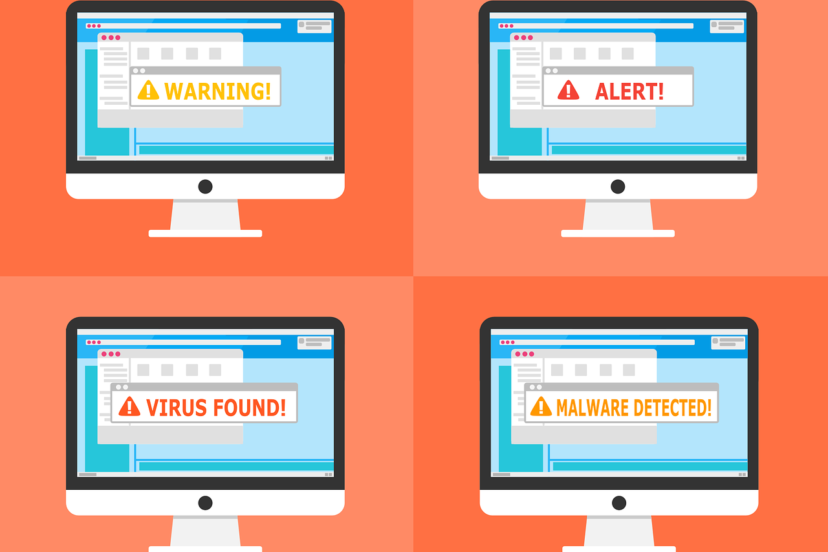#1 How Do I Configure A Firewall For Online Gaming?
Have you ever wondered how to set up a firewall specifically for online gaming? If you’re eager to enhance your gaming experience while staying protected, this article will guide you through the process. Configuring a firewall may seem daunting at first, but with a few simple steps, you’ll be able to safeguard your system from potential threats and enjoy uninterrupted gameplay. Whether you’re a novice gamer or an experienced one, read on to discover the essential tips and tricks to optimize your firewall settings for online gaming.
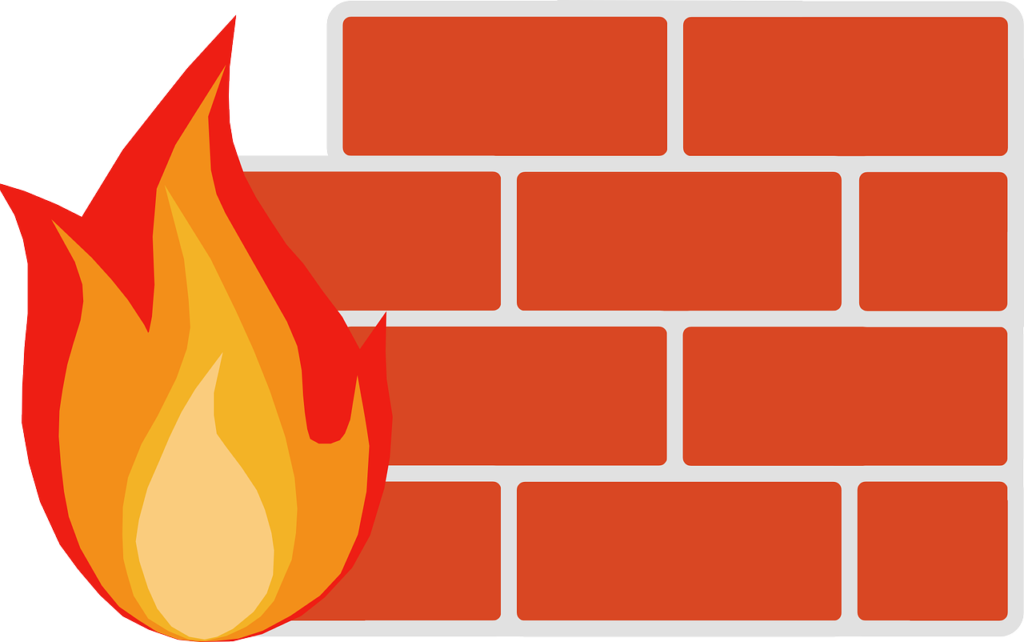
Choosing the Right Firewall
Consider the type of firewall
When it comes to choosing the right firewall for gaming, one of the first considerations is the type of firewall you want to use. There are three main types of firewalls: hardware firewalls, software firewalls, and cloud-based firewalls.
Hardware firewalls are physical devices that sit between your computer and your internet connection, providing a layer of protection. Software firewalls, on the other hand, are programs that you can install on your computer to protect it from unwanted network traffic. Lastly, cloud-based firewalls are virtual firewalls that are hosted in the cloud and can provide protection across multiple devices.
Evaluate the technical specifications
Once you have determined the type of firewall you want to use, it is important to evaluate the technical specifications. Look for firewalls that have sufficient processing power and memory to handle the demands of online gaming. Also, consider the number of ports available on the firewall, as you may need to connect multiple gaming consoles or devices.
Check for compatibility with gaming platforms
Before making a final decision, ensure that the firewall you choose is compatible with the gaming platforms you use. Some firewalls have specific features or settings that are designed to optimize gaming performance, so it is worth researching and choosing a firewall that caters to your gaming needs.
Understanding Firewall Basics
Learn about inbound and outbound traffic
To configure a firewall for online gaming, it is essential to understand the basics of inbound and outbound traffic. Inbound traffic refers to data coming from external sources to your gaming device, such as game updates or multiplayer connections. Outbound traffic, on the other hand, includes data being sent from your gaming device to external servers, such as voice chat or game data.
Understand different firewall settings
Firewalls offer various settings that can be customized to meet your gaming requirements. Key settings include allowing or blocking specific ports, managing incoming and outgoing traffic, and creating exceptions for gaming applications. Familiarize yourself with these settings to effectively configure the firewall for gaming.
Explore network security protocols
In addition to firewall settings, understanding network security protocols is crucial for online gaming. Protocols like IPsec (Internet Protocol Security) and SSL/TLS (Secure Sockets Layer/Transport Layer Security) provide encryption and authentication, ensuring secure communication between your gaming device and the game servers. By familiarizing yourself with these protocols, you can enhance your gaming security.
Identifying Gaming Firewall Requirements
Assess gaming platform requirements
Different gaming platforms may have specific firewall requirements. For example, some consoles or PC games may require certain ports to be open or specific network settings to be configured. Research the documentation or support resources provided by your gaming platform to identify any specific firewall requirements.
Determine specific game requirements
Just as gaming platforms may have unique firewall requirements, individual games may also need specific configurations. Some games may require certain ports to be open, while others may require the use of specific network protocols. Check the game documentation or online resources to determine any game-specific firewall settings.
Consider multiplayer and voice chat needs
If you frequently engage in online multiplayer gaming or use voice chat features, it is important to consider the firewall requirements for these activities. Multiplayer gaming often requires additional incoming and outgoing connections, while voice chat relies on real-time communication. Ensure that your firewall settings allow for these connections to have a smooth gaming experience.
Configuring Firewall Software
Install a reliable firewall software
If you have opted for a software firewall, the first step is to install a reliable firewall program on your gaming device. Choose a reputable software vendor that offers regular updates and has a track record of providing strong security features. Make sure the software is compatible with your operating system.
Access the firewall settings
Once the firewall software is installed, you can access its settings to configure it for online gaming. This is typically done through a control panel or user interface provided by the firewall software. Take your time to familiarize yourself with the different settings and options available.
Adjust firewall configurations for gaming
To optimize your gaming experience, adjust the firewall configurations specifically for gaming purposes. Open the necessary ports required by your gaming platform and games. Enable any features that prioritize gaming traffic or enhance performance. It is important to strike a balance between security and usability, so customize the settings based on your needs.

Creating Firewall Rules
Allow necessary incoming connections
To ensure that your gaming experience is not hindered by a strict firewall, create firewall rules to allow necessary incoming connections. This includes allowing inbound traffic on ports required by your gaming platform and specific games. By doing so, you permit the necessary communication between your gaming device and the game servers.
Enable port forwarding for gaming
For certain games or gaming platforms, port forwarding may be required to establish a direct connection between your gaming device and other players or game servers. Port forwarding allows incoming connections on specific ports to be directed to your gaming device. Consult the documentation or support resources for your specific game or platform on how to set up port forwarding.
Configure exceptions for gaming applications
To prevent your firewall from blocking legitimate gaming applications, configure exceptions that allow these applications to bypass certain firewall settings. This ensures that your gaming software and associated processes can run smoothly without unnecessary interruptions. Be cautious when configuring exceptions and only allow trusted applications to bypass the firewall.
Optimizing Network Settings for Gaming
Prioritize gaming traffic
To achieve optimal gaming performance, it is beneficial to prioritize gaming traffic over other network activities. Many modern routers offer Quality of Service (QoS) settings that allow you to prioritize certain types of network traffic. Configure your router’s QoS settings to prioritize gaming traffic, ensuring that game-related data is given higher priority for a smoother gaming experience.
Enable QoS (Quality of Service) settings
Quality of Service (QoS) settings go hand in hand with prioritizing gaming traffic. QoS enables your router to allocate bandwidth and manage network resources more efficiently. By enabling QoS, you can ensure that gaming data is given priority over less time-sensitive traffic, such as file downloads or streaming services.
Reduce latency and optimize bandwidth
Latency, often referred to as ping, can greatly impact online gaming. High latency can cause delays and interruptions in gameplay. To reduce latency, optimize your network settings by connecting your gaming device directly to the router with an Ethernet cable instead of relying on Wi-Fi. This minimizes potential interference and provides a more stable connection for gaming.
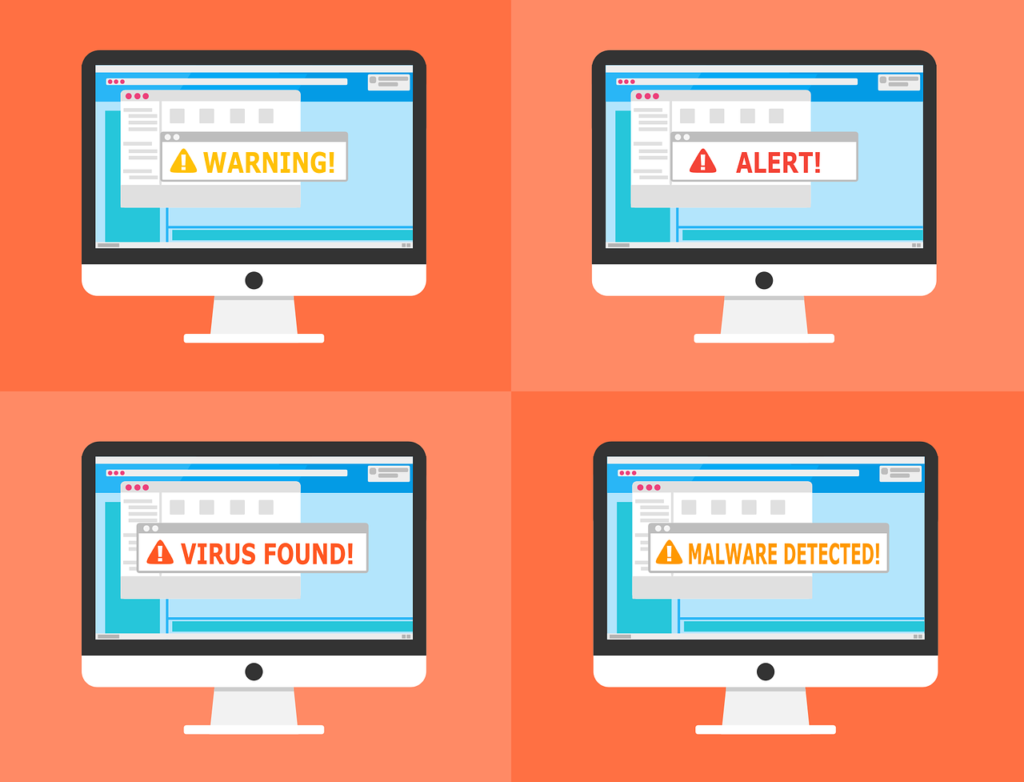
Using NAT Settings for Online Gaming
Understand network address translation (NAT)
Network Address Translation (NAT) is a feature commonly used in routers to allow multiple devices to share a single public IP address. NAT helps manage and direct incoming and outgoing network traffic from multiple devices on a local network. It is crucial to understand NAT settings and how they interact with online gaming.
Enable UPnP (Universal Plug and Play)
Universal Plug and Play (UPnP) is a network protocol that simplifies the process of connecting devices to a network. Many gaming consoles and applications utilize UPnP to automatically configure port forwarding and NAT settings. Ensure that UPnP is enabled on your router to facilitate seamless connectivity for your gaming devices without manual configuration.
Configure port triggering for gaming
In cases where UPnP is not available or not functioning properly, you may need to manually configure port triggering for specific games or applications. Port triggering is similar to port forwarding but dynamically opens ports based on outbound traffic triggers. Consult the game or application documentation for the specific ports and triggers required and configure your router accordingly.
Dealing with Firewall Interference
Resolve conflicts with antivirus software
Sometimes, antivirus software can conflict with your firewall and cause connectivity issues for online gaming. To resolve this, ensure that your antivirus software is not interfering with your firewall settings. Whitelist your gaming applications within the antivirus software, or consider temporarily disabling it while gaming, but always remember to re-enable it when you are done.
Disable unnecessary firewall features
Firewalls often come with additional features that may not be necessary for gaming purposes. These features, such as deep packet inspection or intrusion prevention, can sometimes cause performance issues or interfere with gaming connections. Review the firewall settings and disable any unnecessary features that may be impacting your gaming experience.
Troubleshoot connectivity issues
If you encounter connectivity issues despite your best efforts to configure your firewall, troubleshoot the problem. Check your firewall logs for any blocked connections or warnings. Verify that the necessary ports are open and properly configured. Also, check your network equipment, such as routers or modems, for any issues. If needed, consult online resources or seek assistance from technical support.
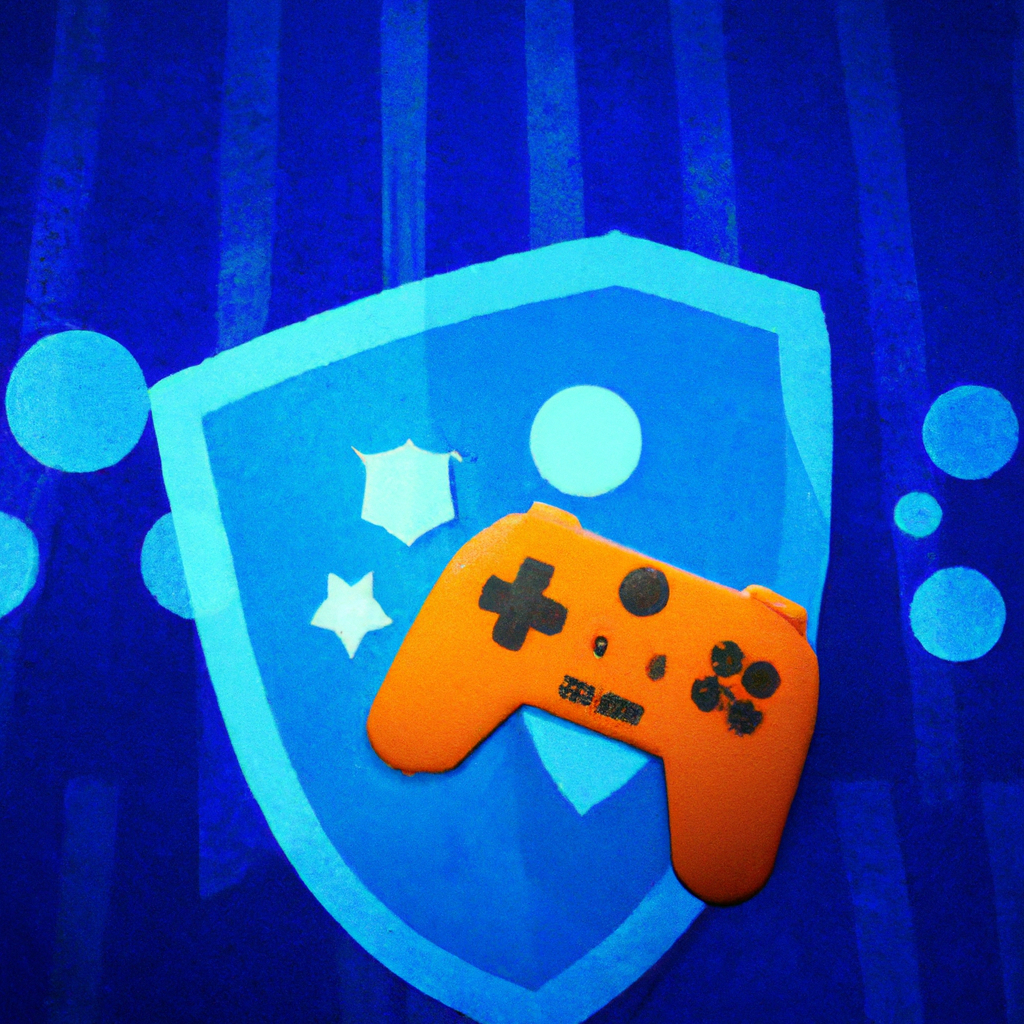
Protecting Against DDoS Attacks
Learn about DDoS (Distributed Denial of Service)
Distributed Denial of Service (DDoS) attacks can disrupt online gaming by overwhelming the targeted servers with a flood of traffic. To protect your gaming experience, it is important to understand DDoS attacks and their potential impact. Educate yourself on the warning signs and preventative measures to mitigate the risk of falling victim to a DDoS attack.
Enable DDoS protection features
Many routers and gaming devices offer built-in DDoS protection features. Enable these features to add an extra layer of defense against potential DDoS attacks. These features can detect and block suspicious traffic patterns that resemble DDoS attacks, allowing you to continue gaming without interruptions.
Consider using a VPN for added security
Using a Virtual Private Network (VPN) can provide an additional level of security and privacy for online gaming. A VPN creates a secure and encrypted connection between your gaming device and the game servers, making it more difficult for hackers to intercept your data or launch DDoS attacks. Research VPN options that are compatible with gaming platforms and consider using one for enhanced security.
Regularly Updating Firewall Settings
Update firewall software and firmware
Firewall software and firmware require regular updates to ensure they stay effective against the latest threats and vulnerabilities. Regularly check for updates from the firewall software vendor and install them promptly. Similarly, keep your router firmware up to date to benefit from any security patches or performance improvements.
Stay informed about new threats
Online threats and hacking techniques are constantly evolving, making it crucial to stay informed about new threats within the gaming community. Follow reputable cybersecurity news sources, gaming forums, or social media channels dedicated to gaming security. By staying informed, you can proactively adjust your firewall settings to better protect against emerging threats.
Test firewall configurations regularly
To verify the effectiveness of your firewall configurations, it is important to perform regular testing. Test the functionality of the ports you have opened for gaming, ensure that exceptions and rules are still valid, and check for any misconfigurations. Regularly testing your firewall configurations allows you to identify and address any vulnerabilities or issues promptly.
In conclusion, configuring a firewall for online gaming requires a thorough understanding of firewall basics, gaming requirements, and network settings. By choosing the right firewall, adjusting configurations, and staying updated on threats, you can create a secure and optimized gaming environment. Regular testing and troubleshooting will help ensure a smooth gaming experience, while additional measures like DDoS protection and VPNs provide an extra layer of security. With the right knowledge and tools, you can enjoy online gaming with peace of mind.
